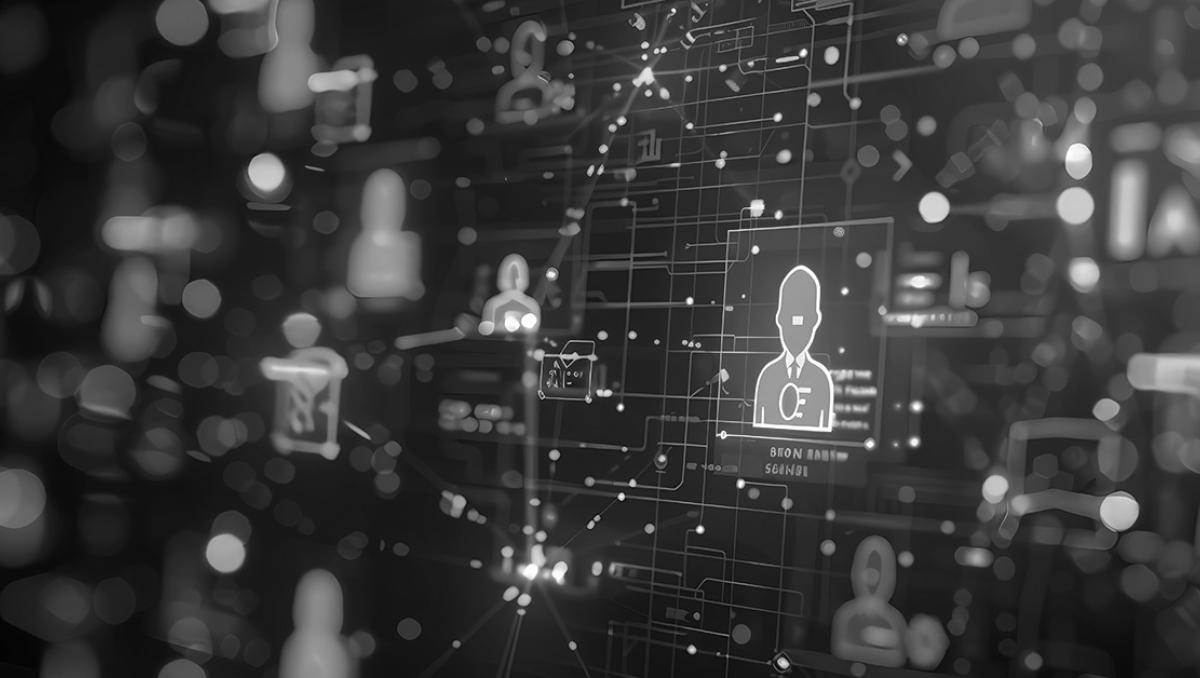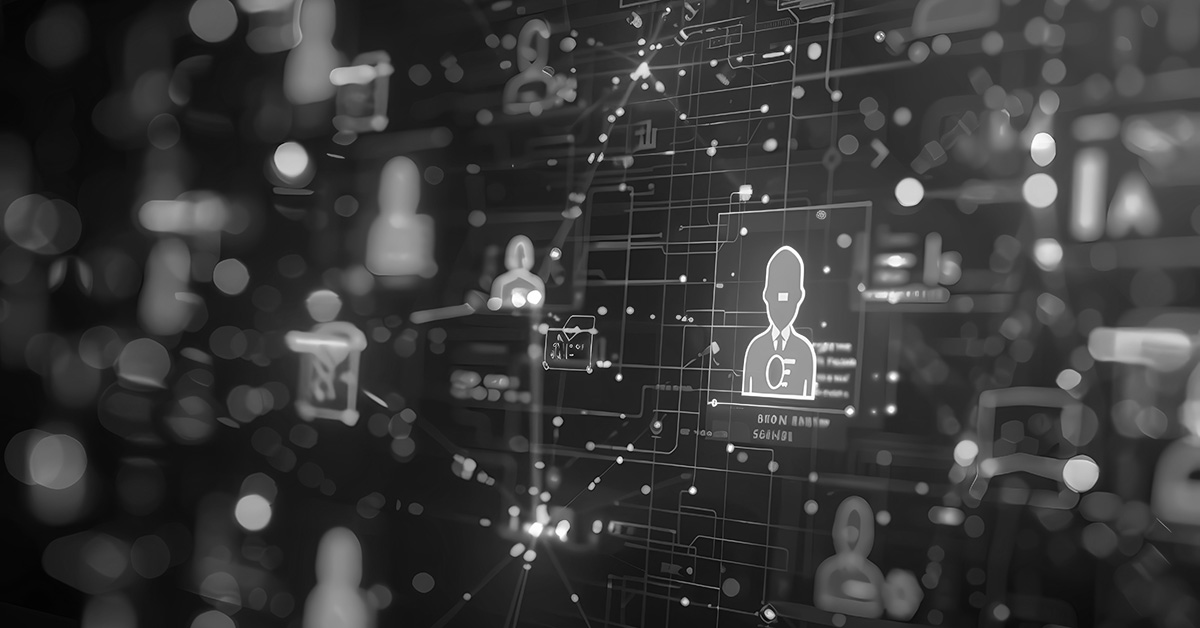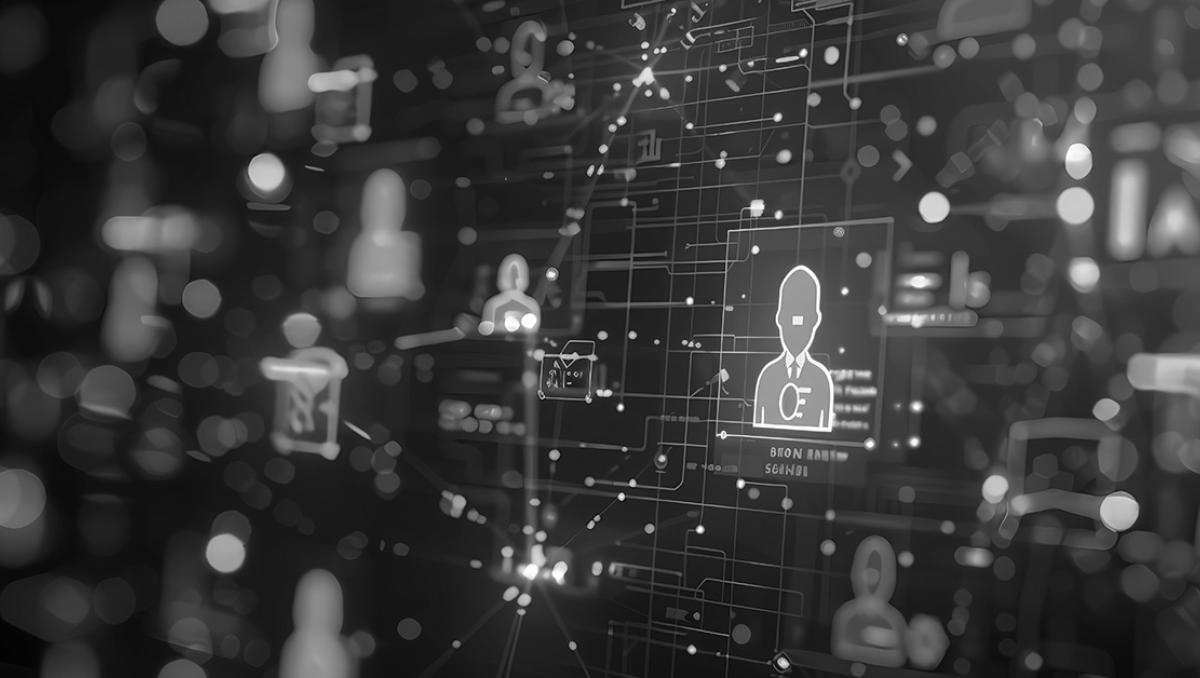
With the adoption of AI in almost every sphere of our lives and its unending advancement, cyberattacks are rapidly increasing. Threat actors with malicious intent use AI tools to create phishing emails and other AI-generated content to bypass traditional security measures. On the bright side, the security capabilities of AI are limitless.
AI-enhanced attacks refer to cybersecurity events that use artificial intelligence to compromise individuals’ and organizations’ safety. AI tools can generate any form of content, either written or video. The authenticity of this content is hard to determine as these tools utilize vast amounts of data and human intelligence.
Employees are often the first point targeted by attackers, as they can be unaware of some AI-enhanced attacks to look out for. Organizations face more cyber attacks, and their vulnerabilities correlate proportionally with their employee totals. This makes a case for why employee training in cybersecurity strategies for AI-enhanced attacks is critical.
Types of AI-enhanced Attacks
- Social Engineering: An AI-enhanced event created to trick users into giving away personal information that will compromise their safety. AI reflects human thought with troubling accuracy, and its involvement in social engineering cases is alarming.
- Bots: With the large volume of data in cyberspace, attackers have started to spread bots with human-like behavior to a high population of users. ChatBots and other AI tools are used to simulate human conversations. This leads to social engineering attacks like phishing and baiting.
- Malware: This is any software purposefully created to interfere with the operation of a computer, server, or network to gain access to classified information. AI-enhanced malware can adopt the victim’s computer behavior and analyze its vulnerabilities to prevent detection.
- DDOS Attacks: Distributed Denial-of-Service attempts to overwhelm a computer system or network with excessive traffic, reducing its performance or making its services unavailable.
- Supply Chain Attack: This breaches security by injecting malicious components into products, allowing undetected data theft, access, and system control. Advanced AI tools have made supply chain attacks an effective way to access sensitive data or gain remote control over specific systems without the end user noticing.
- Prompt Injection Attack: Exploitation of Large Language Models (LLMs) by disguising malicious inputs as legitimate prompts. This manipulation can deceive generative AI systems into divulging sensitive information, propagating false content, or causing harm to the system.
- Ransomware Attack: An AI-enhanced software attack encrypts the victim’s files, data, and system. By encrypting these files, attackers demand payment for the decryption key.
Employee Cybersecurity Training Strategies for AI-Enhanced Attacks
Integration of AI Into The System
AI’s ability to analyze data and identify irregular patterns that could evade human awareness is a top system for employees to work with. AI has become an indispensable tool in the fight against cyber attacks. It can automate responses to threats, which will drastically reduce attacks. This strengthens the defense of the system and also manages its security operations.
Below are steps to follow when integrating AI into the system of an organization;
Identify Objectives and Use Cases – Juxtapose the organization’s objectives and the need to implement AI systems. Start comparing AI solutions’ capabilities to business parts requiring protection.
Determine Budget – With the objectives and use case mapped out, the next step is to compare available AI solutions. Review and interpret company financial reports to determine the AI budget and to avoid a budget blowout. This will also afford a better budget scope to present to the stakeholders for approval.
Implement and Test AI Solutions – Implement the AI in the system for some processes and test it. Ready-made business AI systems are more affordable and easier to deploy. Thereby making them the go-to for smaller businesses.
In contrast, custom solutions are costlier and require technical know-how. An organization should prioritize data privacy and security.
Monitor Outcome – After deploying AI systems, close monitoring is required to internalize it optimally into the organization’s operation. This should be done by a selected set of employees who will become experts in charge of it.
Employee Sensitization
Employee negligence or carelessness can lead to a data breach. According to a recent report, breaches cost companies in excess of $4 million. Employees are vulnerable, making them attack vectors for bad actors. Identify areas where cybersecurity awareness gaps may exist or where there may be potential threats.
Topics to Cover When Training Employees:
Types of cyber attacks – Train employees about various cyber attacks. Cyber attacks like spyware, social engineering, ransomware, and many more should be examined in-depth to prepare them for what to look out for.
Password Security – Employees should learn the importance of creating strong passwords, as well as password management software. They should be taught to use multi-factor authentication to protect accounts.
Mobile Device Security – Show them how to protect sensitive information on their mobile gadgets. Cybersecurity training on spyware, malware, Trojan horses, and viruses is essential to guide employees in safeguarding their devices.
Phishing – 76% of businesses face phishing attacks. Train employees to identify phishing websites, emails, phone calls, and ways to avoid falling victim.
Data Protection – Data protection is the essence of security strategy. It is important to train employees on the expertise needed for this. Employees must be sensitized about the handling and protection of sensitive information.
Enforce Strong Cyber Security Protocols for Your Organization
With the advancement of AI technologies, businesses have become more vulnerable than ever to cybercrime. They will have to take measures to best protect against the newest AI-driven attacks. Along with security awareness training, AI systems’ abilities to prevent AI-enhanced cyber-attacks are required to be employed by business organizations in order to best protect against this new threat.
About the Author:
Olabode Bolaji is a professional content marketer/writer and SEO specialist with over 5 years of experience in helping companies to increase sales and visibility through well researched articles. He majors in business, technology, and cybersecurity. He his published in different top publications.
Editor’s Note: The opinions expressed in this and other guest author articles are solely those of the contributor and do not necessarily reflect those of Tripwire.




